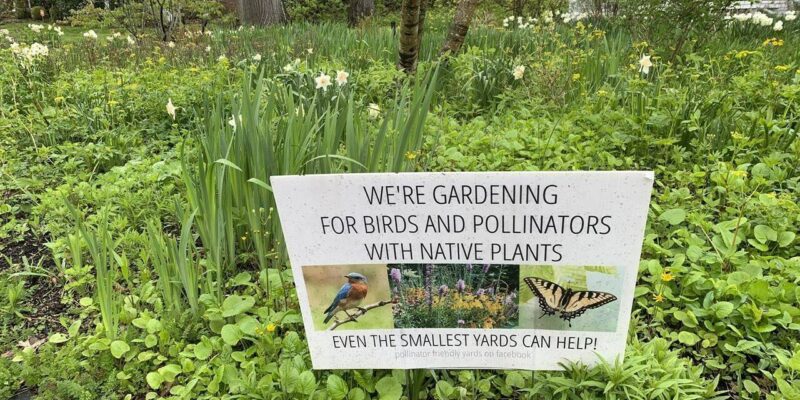As the world faces the growing challenges of climate change and the depletion of natural resources, the
quest for renewable energy has intensified. Solar energy, in particular, has emerged as a promising and
environmentally friendly alternative to traditional fossil fuels. With the rapid expansion of solar farms
worldwide, there is an opportunity to create a more sustainable coexistence between renewable energy
production and biodiversity conservation. One innovative approach gaining momentum is the
implementation of pollinator-friendly grass on solar farms. This practice not only enhances the
ecological health of these sites but also brings numerous benefits to both pollinators and solar energy
production. This essay will explore the significance, benefits, and considerations of incorporating
pollinator-friendly grass on solar farms.
The Importance of Pollinators
Pollinators, such as bees, butterflies, birds, and bats, play a vital role in the ecosystem by facilitating the
reproduction of flowering plants. It is estimated that more than 75% of the world’s flowering plants and
about 35% of global agricultural production depend on pollinators. These small but essential creatures
transfer pollen from one flower to another, enabling fertilization and the formation of seeds and fruits.
This process supports biodiversity, sustains food chains, and ensures ecosystem
resilience.
Pollinator Decline and Habitat Loss
Despite their importance, pollinators face severe threats due to various human-induced factors. The
widespread use of pesticides, climate change, disease, and habitat loss are among the leading causes of
pollinator decline. The conversion of natural habitats into urban and agricultural landscapes has resulted
in the loss of suitable nesting and foraging grounds for these vital creatures.
Solar Farms and Biodiversity Opportunities
Solar farms, which cover large areas of land, present challenges and opportunities for biodiversity
conservation. While they contribute to a cleaner energy future, their construction often involves
clearing natural habitats and disrupting local ecosystems. However, solar farms also offer an ideal
canvas for creative conservation efforts. By thoughtfully designing and managing these sites, they can
serve as oases for wildlife, including pollinators.
The Concept of Pollinator-Friendly Grass
Pollinator-friendly grass refers to the strategic selection of native and non-invasive grass species that
provide a conducive environment for pollinators to thrive. Unlike conventional lawns that are often
dominated by non-native species and require regular mowing and chemical treatments, pollinator–
friendly grass promotes biodiversity and reduces maintenance costs.
Benefits of Pollinator-Friendly Grass on Solar Farms
1. Biodiversity Conservation: By cultivating native grasses and wildflowers, solar farms can support
a diverse range of pollinators and other wildlife. These sites become important refuges for local
flora and fauna, helping to restore ecological balance.
2. Enhanced Crop Yields: Pollinator-friendly grass benefits wildflowers and supports
the surrounding agricultural lands. When pollinators flourish on solar farms, they are more likely
to spread to nearby farms, boosting crop yields and improving food production.
3. Improved Solar Panel Efficiency: Research has shown that maintaining pollinator-friendly
vegetation around solar panels can improve their efficiency. The grass acts as a natural cooling
agent, reducing the temperature of solar panels and increasing energy production.
4. Soil Health: Native grasses have deep root systems that promote soil health by preventing
erosion and enhancing water infiltration. Healthier soil contributes to overall ecosystem stability
and resilience.
5. Public Perception: Incorporating pollinator-friendly grass on solar farms can improve the public’s
perception of renewable energy projects. It demonstrates the commitment of energy
companies to environmental stewardship and community well-being.
6. Educational Opportunities: Pollinator-friendly solar farms can serve as educational tools for the
public, schools, and local communities. They offer opportunities for environmental education,
raising awareness about the importance of pollinators and the role of renewable energy in
combating climate change.
Integrating pollinator-friendly grass on solar farms embodies the harmony between clean energy
production and biodiversity conservation. These sustainable landscapes create flourishing habitats for
pollinators and wildlife while providing various benefits, including increased solar panel efficiency and
improved crop yields. Embracing pollinator-friendly grass on solar farms fosters environmental resilience and enhances community engagement and public perception of renewable energy projects. As we forge toward a greener future, prioritizing these innovative conservation efforts demonstrates our commitment to a harmonious coexistence with nature.

